2018-11-24
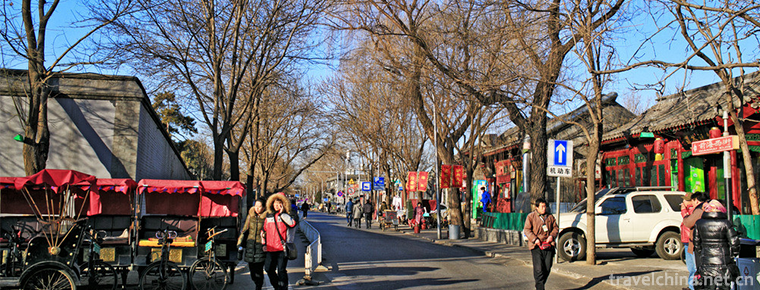
- By ChinaWiki.net
- Chinese Edition
- 2019-01-13
Guo Moruos Former Residence in Beijing
Guo Moruo's former residence is located at No. 18, Qianhaixi Rim, Xicheng District. Originally a garden in Heling in Qing Dynasty, it became the forage yard and stables of Yixian Mansion of Prince Gong. During the Republic of China, the descendants of Prince Gong sold the Royal Palace and gardens to Furen University, where they sold them to Darentang Yuejia Pharmacy as their homestead. In October 1963, Guo Moruo lived here until his death on June 12, 1978. Mr. Guo Moruo spent the last 15 years of his life here.
Personal introduction
Guo Moruo (1892-1978), from Leshan, Sichuan. Writers, poets, playwrights, archaeologists, paleographers and social activists.
Brief introduction of former residence
The former residence is a large courtyard with a wooded mound inside the gate. The five North rooms in the second gate are its studio and meeting room. The East ear room is the bedroom, and the East and West rooms are three. It is surrounded by corridors with closed corridors leading to the backyard. In addition, there is a cross-hospital in the east, where Guo Moruo kept a large number of manuscripts, books and other precious cultural materials. There are Ginkgo biloba and peony planted by Guo Moruo and his wife, among which the "mother tree" is the most distinctive.
Walking into the courtyard, on the lawn is a bronze statue of Mr. Guo Moruo, with a pleasant look, like a rest, but also like meditation. Through the flower gate, it is a two-way courtyard consisting of East and West compartments and two rows of main rooms. The corridor and warm corridor are connected into one. Faced with the five main rooms, Mr. Guo's bedroom, office and living room are displayed as they are.
Personal achievement
Since the May 4th Movement, Mr. Guo Moruo has been active on the front of culture and Science in China. He has made remarkable achievements not only in literature, art, history and ancient philology, but also in an inspiring social activist. According to this main line, through Guo Lao's manuscripts, works, historical pictures and other exhibits, this exhibition introduces his achievements in different fields of poetry, drama, literary theory, ancient writing and ancient social studies, as well as calligraphy art in different historical periods. It also introduces his historical achievements in various stages of the New Democratic Revolution, as well as his achievements in Science after the founding of New China. The immortal contributions of the front of learning culture and education, international exchanges, peace movement and so on. In order to enable the audience to have a deeper understanding of Guo Lao, the special exhibition room will also introduce Guo Lao's achievements in various academic fields or different historical periods.
Traffic information
Take No. 111, No. 107, No. 118 trams or No. 13, No. 701 buses to Beihai Beimen Station. You can also take Metro Line 6 to get off at Beihai Beimen Station.
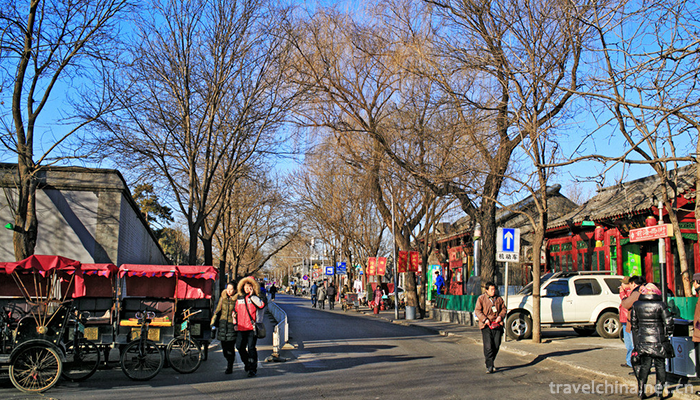
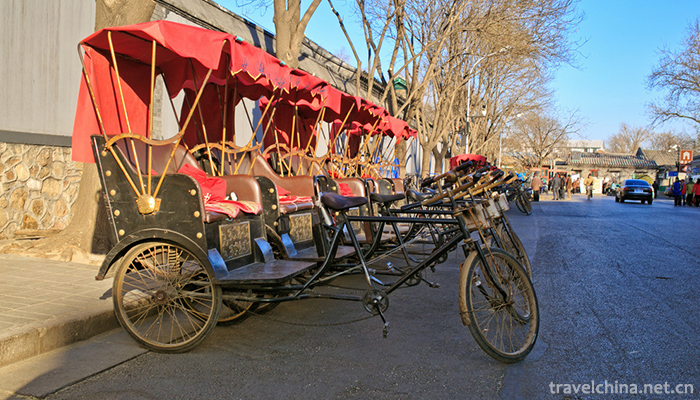
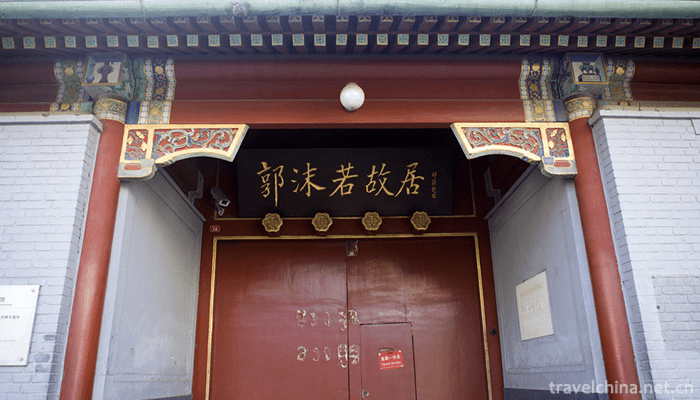
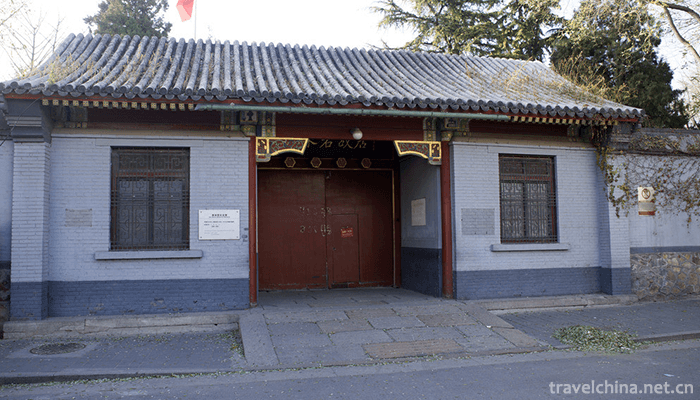
Ask a Question
Your email address will not be published.
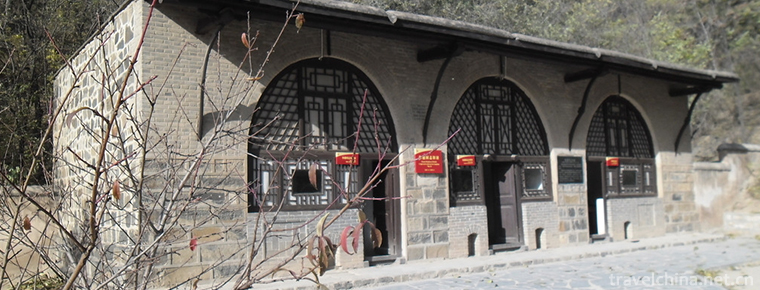
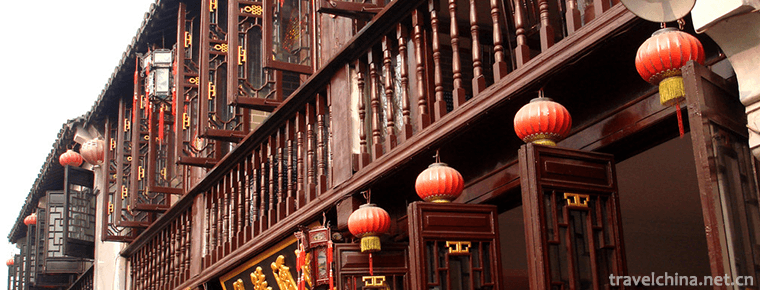

0 Questions